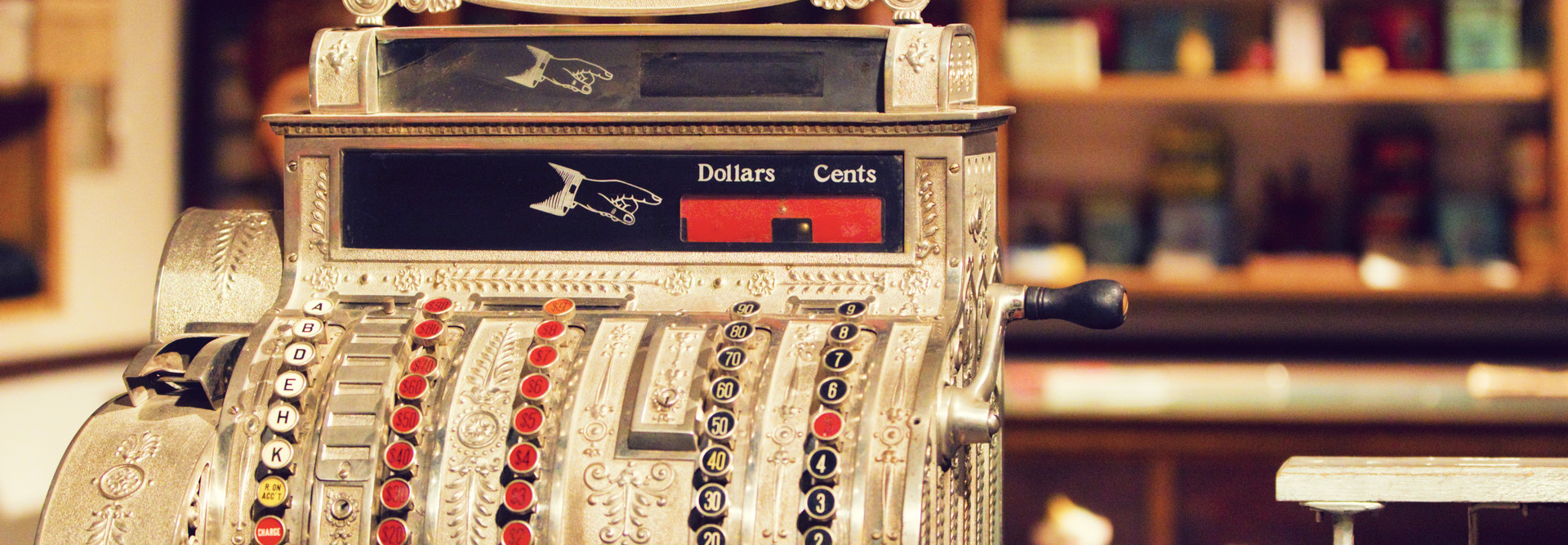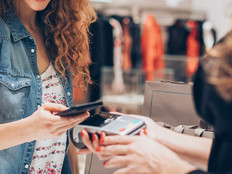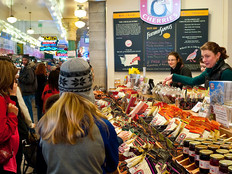Small Retailers Lead the Way on Mobile Payments
Shortly after opening Red Heifer Winery in rural Smithsburg, Md., in 2012, Kevin and Yvonne Ford began looking for a point-of-sale option for purchases at their vineyard and at the markets and festivals they frequent. They needed something mobile; a traditional cash register just wasn’t practical for a business like theirs.
The couple first considered winery-specific options they learned about in industry trade magazines, but found those were too pricey for their small startup business, with some models costing more than $3,500.
Square was fairly new at the time and offered no service charge in exchange for a flat percentage of sales.
“Square is mobile and easy to transport, making it a good choice for off-site sales,” says Yvonne Ford.
Like the Fords, many small-business owners — and a lot of national brands — are finding mobile payment-processing solutions to be viable replacements for the traditional cash register.
Mobile payments are expected to grow to $289.9 billion by 2021 — up from $80.7 billion at the end of 2015, according to an analysis by Forrester.
Some leaders in this space include Google, Apple and Samsung.
DOWNLOAD: Explore more mobility strategies by reading "The Connected Retailer IT Guide."
Tablets Grow in Popularity as POS Devices
There are three types of mobile payments, Forrester finds: mobile remote payments, mobile in-person payments and person-to-person or peer-to-peer payments. The most common types are mobile remote payments, used, for example, to make in-app purchases, with neither party being physically present for the sale.
Forrester finds that mobile in-person payments, however, are the fastest-growing category — one projected to grow to 6.8 times its current size by 2021.
J. Craig Shearman, vice president for government affairs public relations at the National Retail Federation, says a number of retailers have been using tablets such as Apple iPads for point-of-sale devices in recent years.
“They are particularly popular in situations where the associate can work with the customer out on the sales floor to explain and choose a product, then pull out the tablet to complete the sale rather than sending the customer off to stand in line to pay,” he says. “Customers seem to like that, since it’s one less line to stand in, and it helps add a personal touch to the relationship with the associate, since it’s one-stop shopping rather than getting sent from one place to another.”
Tablets also can be used at checkout like a traditional cash register, he says.
“The advantage there can sometimes be in cost, because it’s often the same off-the-shelf hardware that is mass-produced for consumers rather than special hardware made just for business use,” Shearman says.
Red Heifer Winery is equipped with four Nokia tablets on which it processes payments. In the past, workers have used an Apple iPad tablet and various smartphones.
Customers Gain Comfort with Mobile Payment
As the technology has become more popular, Yvonne Ford says her customers have become more familiar with it.
“They were initially uncomfortable signing with a fingertip, or were uncertain about how their credit card information was being stored,” she says. But over the years, as more customers have gained experience using mobile payment solutions at other retailers, they've gotten used to it.
The Fords say their POS system provides enough tracking and reporting options to allow them to process customer transactions quickly while managing inventory.
And training a worker to process a sale on a tablet shouldn’t be any more difficult than training them on a traditional cash register, Shearman says. This is especially true for younger workers, who may already have their own tablets and “definitely have their own smartphones,” Shearman says.
However, Forrester’s analysis cautions businesses not to simply attempt to convert “mobile moments into mobile payments moments,” saying those that do will “fail to reach the minimally viable customer experience for lasting adoption and use.”
“Conversely, those merchants who seamlessly embed the payment in the mobile moment itself will win with mobile payments,” the report states.









